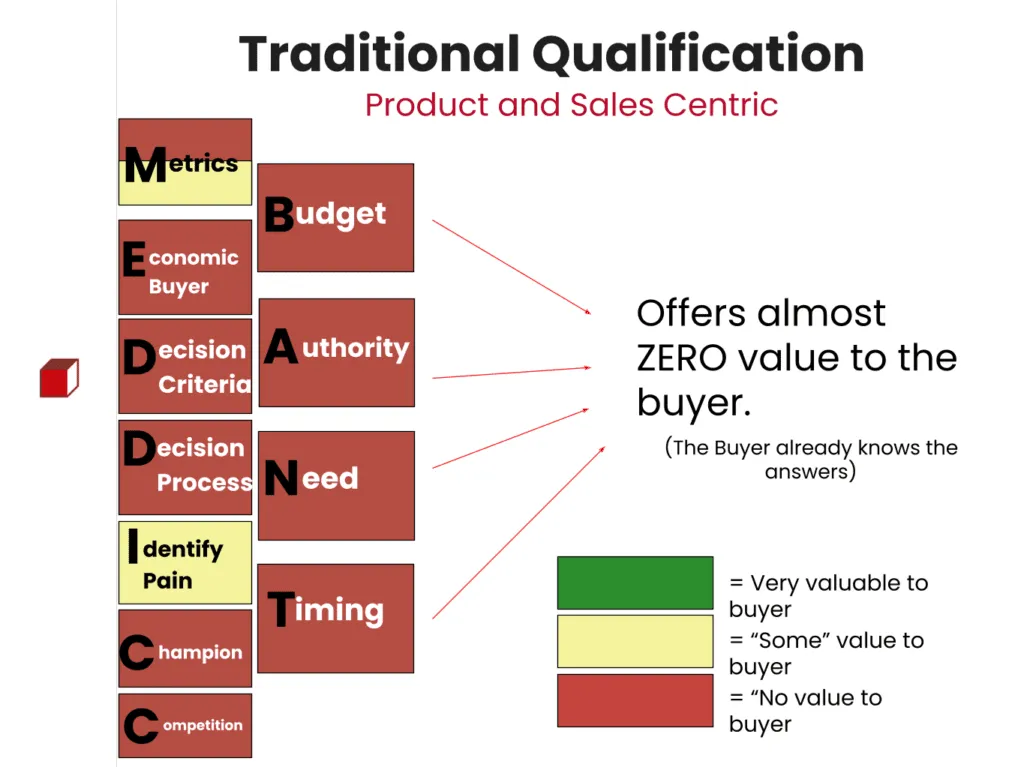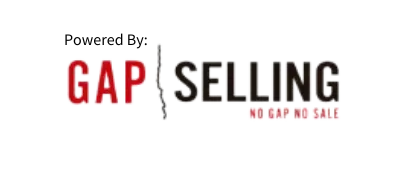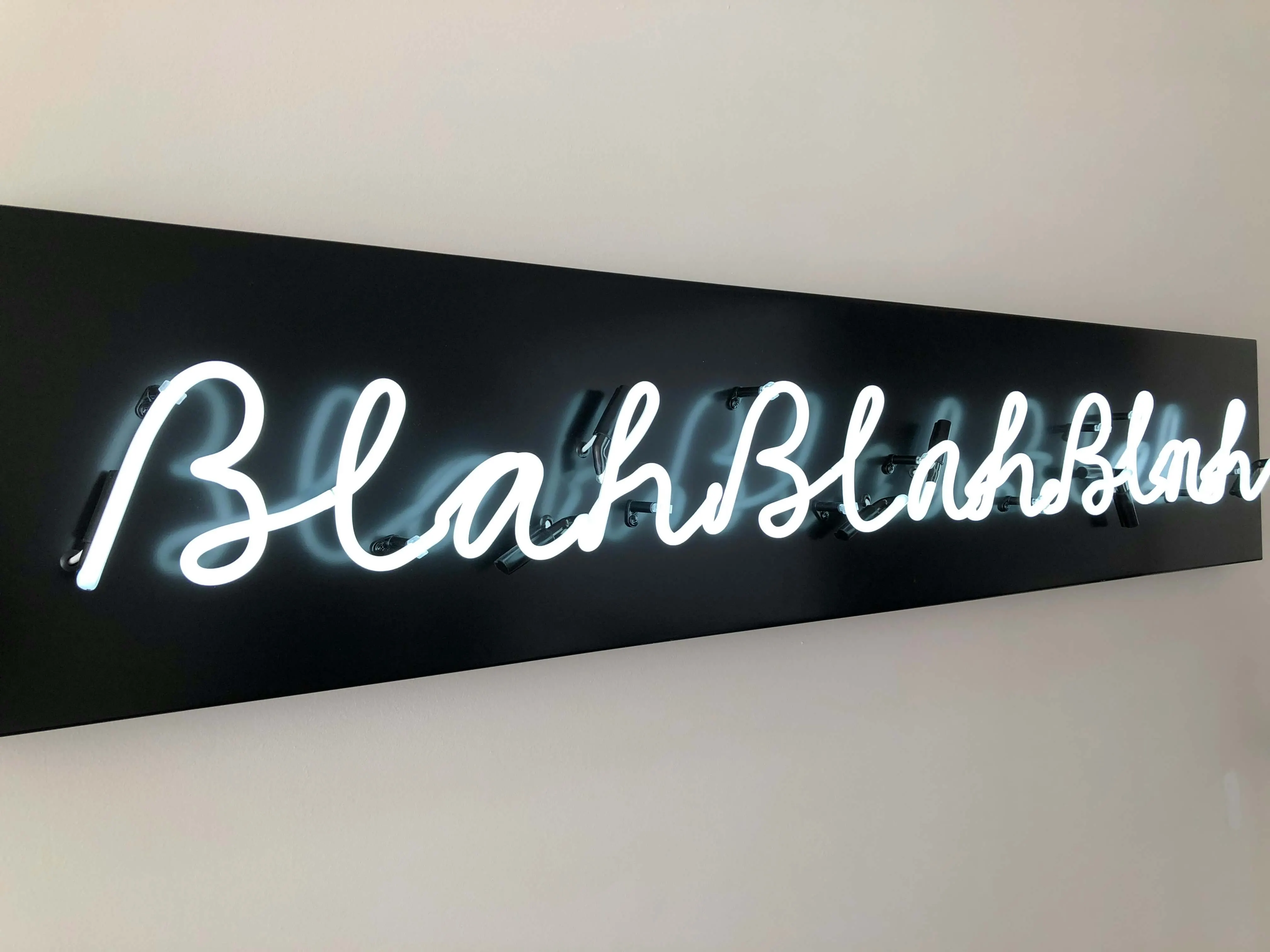Gap Selling and MEDDIC: The Buyer's Journey
Sales methodologies, frameworks, qualifications, forecast - oh my! Many teams have one or all, some are piecing things together (more on that at another time) and some are missing them all together.
What's the difference between Gap Selling and MEDDIC?
Let's dive in.
First - it's important to note - IT'S OK IF YOU DO NOT KNOW WHAT EITHER GAP SELLING NOR MEDDIC IS!
IT is important that you take two things away from this blog:
- Not all "sales methodologies are created equal"
- MEDDIC is a qualification framework that is specifically for forecast qualification. It is not intended to be a sales methodology, philosophy, or training layer (unlike how many use it).
Back It Up
Up until late 2022, I had not heard of Gap Selling.
In fact, for 15 years of my sales career, my "sales methodology" revolved around a thorough qualification checklist and NOBF (Needs, Objections, Benefits, Features).
That's right, a checklist where I, as the seller, gathered information from the buyer so I could move that sale along. I'd get shopped on how well I filled out the qualification checklist - so that puppy was always in arms reach. (I laugh at it now).
When Gap Selling was introduced to me, I had an extreme lightbulb/cringe moment. The lightbulb was that it all made sense - that it's a conversation rooted in change management - it's about helping the buyer!
The cringe moment was a reflection on the last 15 ish years and all of the customers I had put through a very BANT'ish sales process.
Let's Pretend
For this next section let's pretend you are the buyer.
Picture yourself as a buyer on the lookout for new software.
One of your sales contacts is well-versed in MEDDIC, while another swears by Gap Selling. The MEDDIC approach breaks down into seven key criteria, including metrics, economic buyers, decision criteria, decision process, pain points, champions, and competition.
These criteria are important in the sales process, not disputing that. They provide a structured framework for sales professionals to hold conversations and make informed decisions.
However, when viewed from the buyer's lens, one begins to question: how many of these elements truly add value to ME, the buyer?
The MEDDIC Challenge: Seller-Centric
MEDDIC, like other methodologies with acronyms, is heavily weighted towards a seller-centric approach. It's designed to drive the sale forward efficiently, focusing on key metrics and decision-making criteria. Essential for sales success, - yes, but it can sometimes miss the mark on your buyer (yes - them).
PS. The buyer already knows these answers.
The Missing Piece: Buyer-Centricity
Sales, at its core, revolves around guiding buyers toward change. Salespeople play THE pivotal role as influencers of change. However, if a buyer remains unwilling or unable to embrace change, the entire sales process loses its significance.
Unfortunately, MEDDIC sales training and similar "methodologies" often prioritize salesperson (commission breathe and that sale!) over focusing adequately on the buyer and their perspective.
Should they change, why should they change....are they willing to change?? (PS. The buyer does not know this information).
Enter Gap Selling
Gap Selling takes a different approach—one that prioritizes understanding the buyer's "gap" or current challenges. It's about uncovering the root causes of dissatisfaction, identifying desired outcomes, and presenting solutions that bridge the divide between the buyer's current state and future goals.
Unlike other methods, Gap Selling doesn't dive upfront into decision criteria, champions, competition, or economic buyers until the buyer acknowledges the need for change.
This Problem-Centric™ model ensures that the sales process remains centered around addressing the buyer's core concerns.

This was Enjoyable
A recent discovery call ended with that phrase. The buyer was hanging on each word, was deeply involved in the conversation, and had their own lightbulb moment - THIS is how I want my team to sell they said!
Instead of bombarding this buyer with questions about metrics and decision criteria, I (Gap Selling) focused on understanding THEIR problems and presented them with what would happen if they did nothing (cost of inaction), and tied the product-problem correlation so they understood the cost of change.
It’s all about bridging the gap between where they are now and where they want to be.
It is not about rushing the sale and moving them along by making sure you gather acronyms.
It's all about “How can I help my buyer?”
So I ask you, as a buyer, how would you want to be sold?






